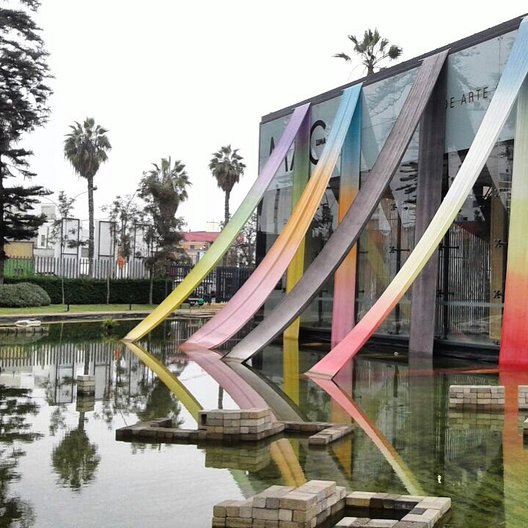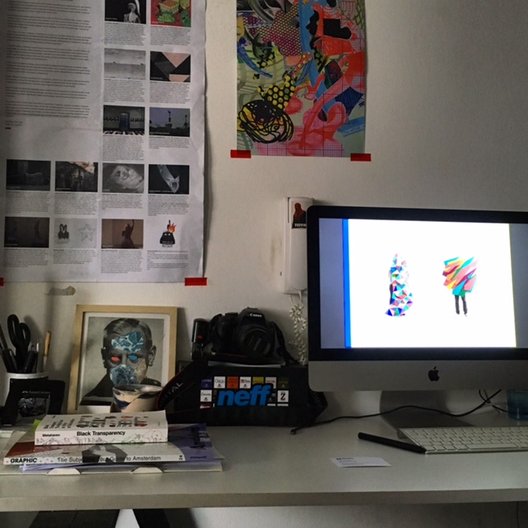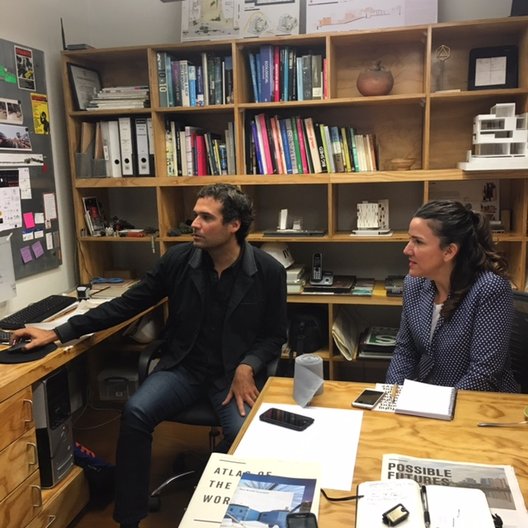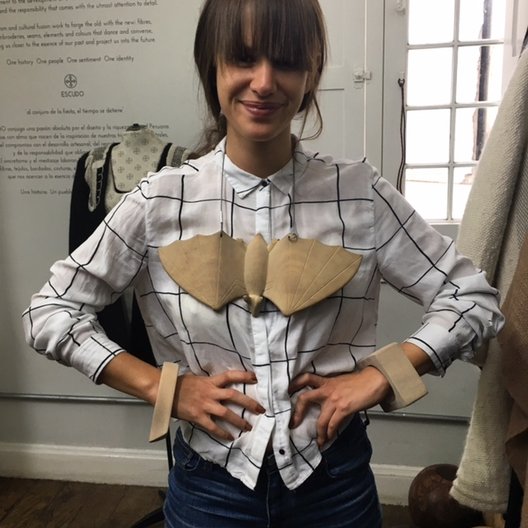11 July 2016
by João Guarantani
João Guarantani is our Senior Programme Manager and leads on the Americas, running programmes in architecture, design and fashion across the region. He is currently in Peru and tells us about his trip.
I'm back in Latin America, this time in Peru to develop links and explore possible programmes to develop in collaboration with partners here in architecture, fashion and, perhaps most importantly, craft. The country is known for the wonderful materials and techniques which originate from its varied landscape: from the purest cotton and alpaca fibres in the Andes, to its pottery and exhuberant textiles in the Amazon.
I have a packed agenda in Lima carefully put together by Luisa Michelsen, the new Arts Manager for the British Council in the country. After 8 years without an Arts programme in Peru, this is an opportunity for both Luisa and I to scope new relationships. My first visit is in to Museo de Arte Contemporaneo-MAC (Contemporary Art Museum), which hosts exhibitions and public programmes. Design by the renowned Peruvian architect Frederick Cooper Llosa, the museum has recently started to activate its terraces and gardens with installations by architects and designers, and we discuss the possibility of creating opportunities for collaboration between UK and Peru designers to create interventions on the site.
Further into the trendy Barranco neighbourhood, we meet journalist Javier Massias, whose side project is Lima's first combined independent publishing house and concept book shop. Named Babel, the space, which is designed by 51 1 Arquitectos and yet to be inaugurated, is a simple yet striking single structure in the heart of a beautifuly restored limeña house now home to a restaurant and cafe. Javier tells me of the recent shooting into stardom of Peruvian cuisine, about which he writes for the national press regularly, and the interweaving of food and other creative forces in the country. Javier explains the complexity of getting a project like this off the ground, with high taxes and other restrictions delaying the opening. However, his determination is captivating, and I hope we get to work together on some of Babel's design and architecture projects lying ahead.
My design marathon continues with visits to two very interesting - yet incredibly different - studios. Firstly I'm welcomed by Jonathan Castro at Youth Experimental Studio (YES, for short), a graphic design practice breaking mould of the work being produced by other practices in Lima. They often collaborate with cultural institutions, such as MAC for whom they have created their elegant visual identity, but are driven by a love of music and Peruvian underground culture. We then hop across to see the work of one of Peru's most celebrated fashion designers, Alessandra Petersen. Given Alessandra's close connection to the UK fashion scene - she studied Design for Performance at Central Saint Martins before jumping head first into creating her own fashion lable - we talk about parallels between both countries: an increasing interest in sustainable fashion and a shared celebration of excellent, locally sourced materials and fibers.
My second day starts with a visit to creative couple Horacio Goitre and Chiara Macciavelo, of Vicca Verde Arquitectos and the fashion label Escudo, respectively. They share a building they developed with other designers, including Chiara's sister Giuliana who co-directs Escudo, and run their practices alongside each other. I start to see a common thread of incredibly talented designers whose international experiences - either through education or work - combine with a concerted effort to celebrate local materials and traditions: Vicca Verde's installation at MAC centred around the myths of the 'angel's trumpet' flower, or Escudo's dedication to integrating Peruvian craft and materials in their collections.
Everyone I meet tells me of a lack of institutions supporting and representing designers, and Luisa and I start to think about ways in which we could make a difference here. Exchanges between UK and Peruvian designers and crafts practitioners and residencies to start a flow of ideas between both countries seem obvious, but perhaps a more structural intervention or forum in collaboration with practices and schools locally should be our first step... No conclusions just yet, but we're certainly not short of ideas!
Category
Travelogue




